It has been almost 18 months ever since the COVID-19 pandemic upended the lives of families all around the world. Every key aspect of childhood progress went backward by a year, leaving kids to face a devastated and distorted new normal.
The last year has left people out of work, their homes clouded with grief and loss, shutting children out of schools that once taught and cared for them. Affecting the education of nearly 1.6 billion students living in 190 countries– that is 90% of the world’s school-going population. To make things worse there are no plans of reopening as of now.
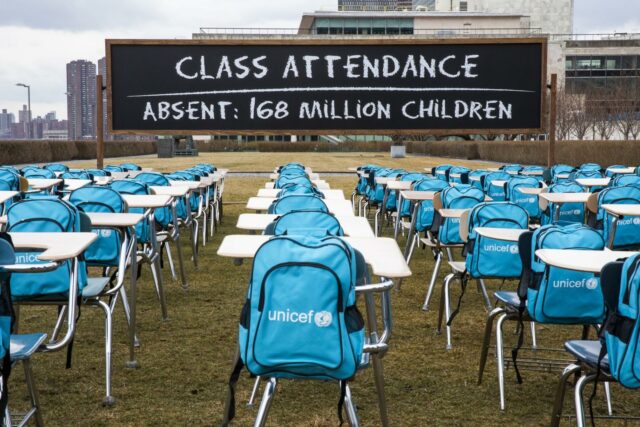
This has taken an unthinkable toll on- social, academic, physical, emotional, and mental well-being. A nation of children that are all coping with trauma, illness, and disruption, will need more than just a vaccine to get back on their feet.


The pandemic was “a social crisis in the making” here are a few facts mentioned in several reports that make this statement true.
The Attainment Gap
Talking about a child’s intellectual development, the effects of schools being shut were seen the most among young children, with each day around 0.57% of children were losing out on reaching the expected grades required for reading and maths.
Being out of school even for brief amounts of time can have a lasting effect. Now imagine not going to school for more than a year.
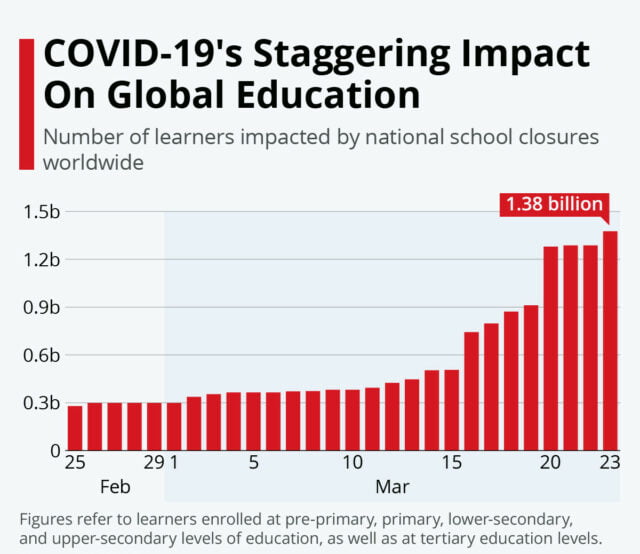
It’s not just the missed opportunities that are concerning. The kids forgetting what they have already learned is a far more serious concern- a regression that will be much harder to remedy. This will lead to a lifelong effect on their cognitive ability.
There are attempts made at remote learning (online classes) to overcome this setback but it can never match the same school learning environment. Reports state that “Making real-world connections and spending time with peers, and focusing on lessons, is so much easier when you’re in the same room and engaged,”
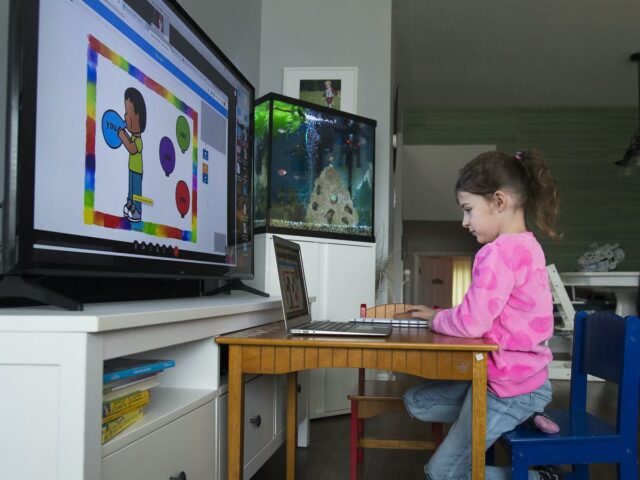
The worst-case scenario will be children missing out on all intellectually nourishing activities like music lessons, sports, class trips, visits to the library, and even their chances of expanding their knowledge and understanding the world.
Also Read: ResearchED: COVID-19 Outbreak In India: First Wave Vs Second Wave
Widening Inequalities
Educational inequality has affected all children in different ways. Leading experts to fear that this will widen the already existing gap in educational achievement between the rich and poor families.
A study suggests that children’s backgrounds play a major role in their school life. Children coming from rich families show improvement in their reading abilities at least as kids from a poor family face a greater loss, due to lack of studying resources and even parents not being educated can do nothing to help the kid out in his or her studies, even if they wanted to.

The government trying to encourage homeschooling that requires a good computer, proper internet services, and a quiet room to study. It also assumes that parents are educated and have enough time to help their kids in their lessons.
Not everyone is financially stable to attain all this. “Those are the circumstances which are not very likely for children living in poverty and overcrowded households,” stated the study.
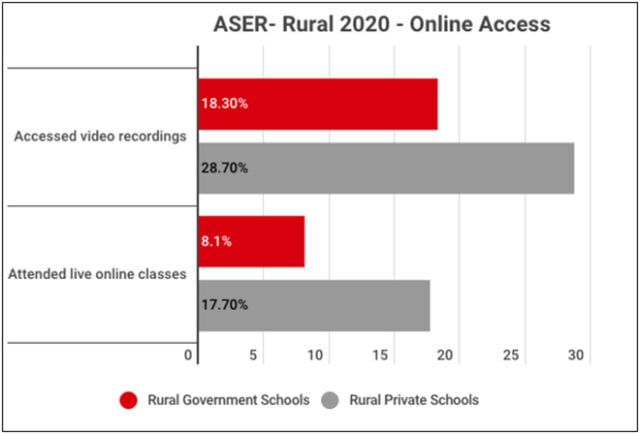
At least 1 in 3 children have been unable to access remote learning. Plus this is not fair for kids with learning disabilities or simply for the children who fare better in offline mode. It is further widening the education gap and creating a sense of fear in the minds of the children about what the future will hold for them.
Mental health
Children’s intellectual development is not the only thing at risk over here. Teachers are the first ones to notice a deterioration in their mental health and advise their students to seek treatment.
13% of adolescents receive mental healthcare from their schools, with that one source gone it’s made things worse.

Without regular contact with their teachers and counselors, suspected cases of abuse will not be reported too. “For many children, home is an unpleasant, undesirable, and unsafe place to be, and the school provides a much-needed shelter,” says a report.
2 out of 7 children and young people who lived under stay at home policies for most of 2020 have reported feelings of anxiety, depression, and isolation.
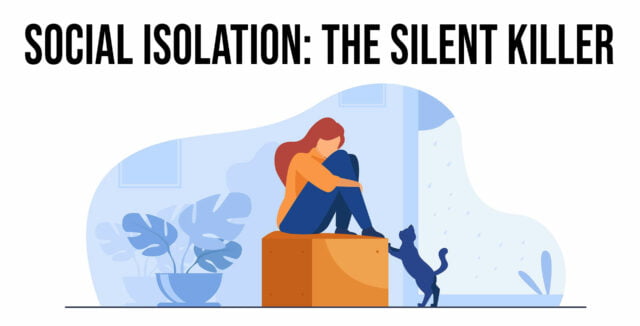

There are increased levels of stress and disruptions among children due to the pandemic.
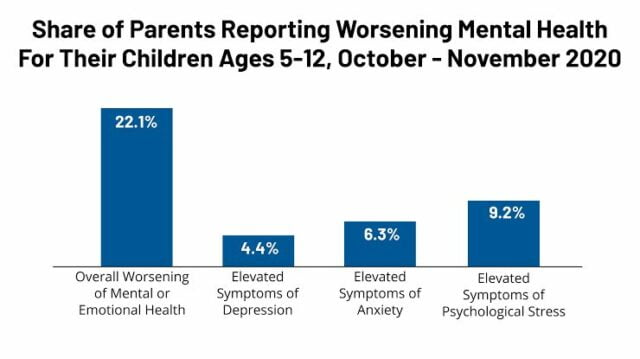
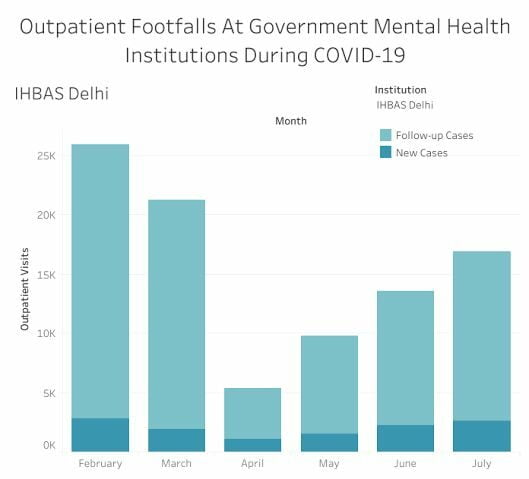
Research states that there is a high rate of clinginess, distraction, irritability, and fear among kids, 29% of parents have already reported that their kids have experienced harm to their mental state.
Children with pre-existing mental and behavioral issues will be at higher risk. Almost more than 1 in 10 adolescents aged between 12 to 17 had depression or anxiety before the pandemic hit. Substance use is also a huge concern.
Development Issues
Another worrying issue is the lack of social skills. In younger children, learning important social skills can be delayed as they have no access to daycares, play dates and their interactions will be hindered because of the face coverings on people they meet.

For older kids, isolation would mean few opportunities to have crucial relationships. “Children need to play, and in the absence of such exposure, they can throw temper tantrums. How long can you keep a child inside?” Dr. Rema Chandramohan a Psychiatrist stated.

For adolescents, face-to-face social interactions are important as now is the time they are trying to figure out who they are, what’s important in life, and form stable, meaningful relationships with their peers. The pandemic is not making any of these things possible.
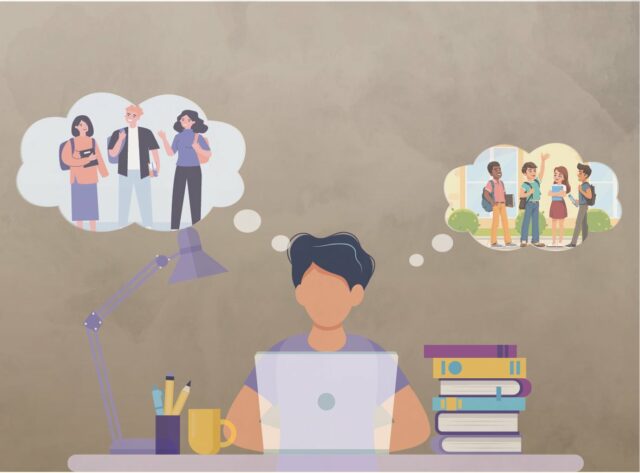
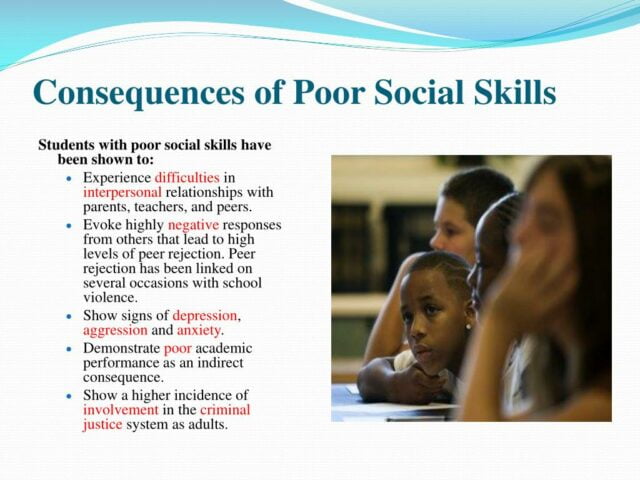
Kids are getting addicted to gadgets, staying at home has impacted their interpersonal skills and communication, especially if there is an only child.


Kids with siblings tend to keep up quickly on social skills, as they always have someone to interact with and are not lonely.
Physical Health
With schools being shut and almost no outdoor activity, there is a worrying trend in children who have reported symptoms of vitamin D deficiency and a rise in obesity. Vitamin D deficiency can lead to limb pain and gait disturbances. This can be because children were not exposed to sunlight for over a year and a half. Parents being paranoid to send their kids out is not helping either.
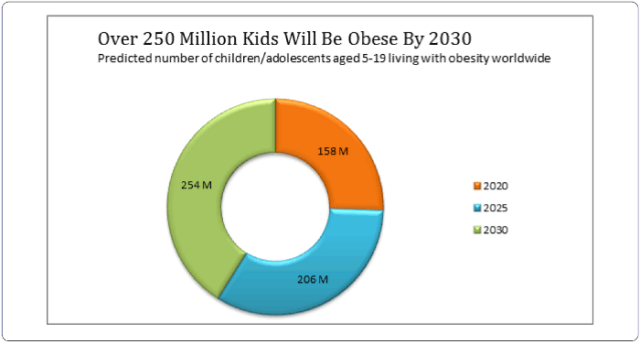

Obesity was another side-effect of the pandemic. There is an average weight gain of about 10 kgs in kids, as they are not going out and playing. Their whole lifestyle has been affected due to this.

There are no easy solutions for these issues. The Government is implementing many schemes to prevent education inequalities, but a few effects of COVID-19 can never be repaired.
Image Sources: Google Images
Sources: The Hindu, BBC, UNICEF, +More
Find The Blogger: @Natashaly05
This post is tagged under: pandemic, children, physical, mental well-being, covid-19, new normal, social, academic, emotional, nation, India, vaccine, trauma, illness, social crisis, attainment gap, intellectual development, grades, cognitive ability, nourishing activities, Widening inequalities, homeschooling, internet services, remote learning, learning disabilities, future, Mental health, anxiety, depression, isolation, stress, clinginess, distraction, irritability, fear, adolescents, substance use, social skills, Development Issues, Rema Chandramohan, Psychiatrist, interactions, gadgets, Physical Health, vitamin D deficiency, obesity, side-effect, lifestyle, government, solutions, education inequalities, schemes
Other Recommendations:
ResearchED: From Debt To Depression: How The Pandemic Affected Lives Of Sex Workers































